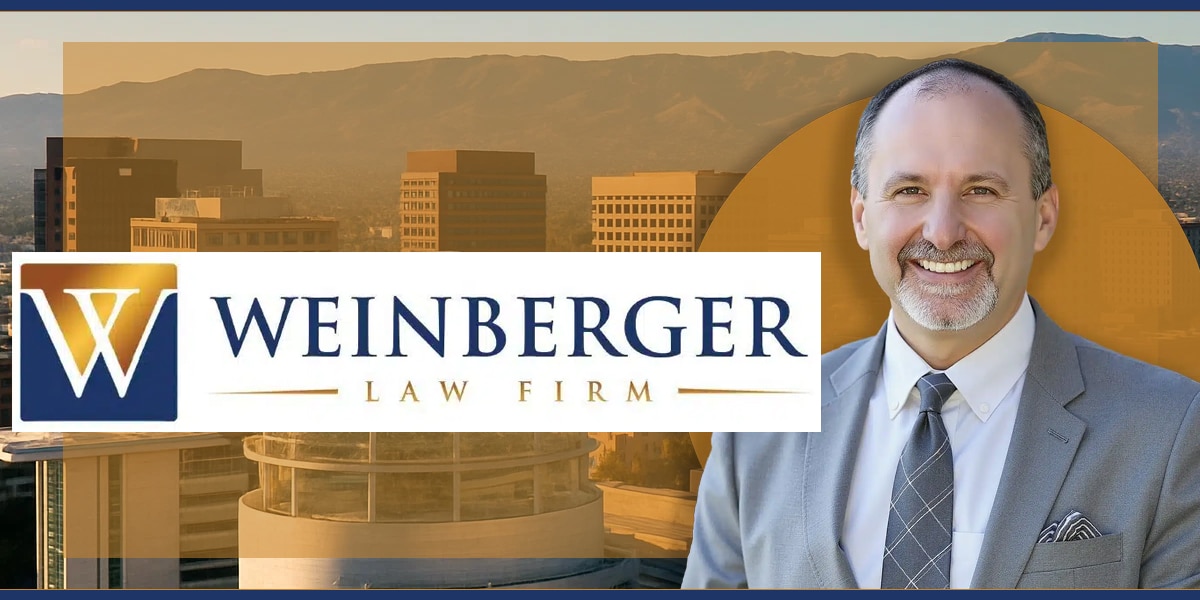California’s ambitious High-Speed Rail Project promises to redefine transportation across the state, offering a faster and more efficient mode of travel. However, behind the promise of innovation lie some deep-rooted concerns, especially regarding train accidents. High-speed rail systems, while generally safe, can pose serious risks if safety protocols aren’t meticulously followed. History has shown that even minor system failures can result in devastating outcomes when trains operate at extremely high speeds. Train accidents, whether they stem from human error, infrastructure defect, or external hazards, can leave a lasting impact on victims and communities. For Californians eagerly awaiting this project’s completion, balancing progress with passenger safety is more important than ever. It’s crucial to examine how the state handles safety measures, the potential for legal claims in case of accidents, and the preventive strategies being discussed today. Understanding these risks helps all stakeholders—from passengers to legal professionals—prepare and advocate for a safer transportation future.
What do we mean when we talk about train accidents
Train accidents refer to any unplanned events involving trains that lead to injury, death, or damage to property. These incidents can involve derailments, collisions with other trains or vehicles, mishaps at rail crossings, or mechanical failures. While high-speed rail systems are generally designed with advanced safety technologies, no transport system is immune from risk. For instance, in 2013, a high-speed train in Spain derailed due to operator error, killing 80 passengers. More recently, the 2021 Amtrak derailment in Montana reminded the public that even modern systems can fail. In California, as the state constructs its first high-speed rail, these incidents serve as sobering examples of what could happen without rigorous safety oversight. Communities along the proposed rail line are particularly concerned about the potential for accidents near crossings, where interaction with other forms of transit may heighten the risk. Understanding what falls under the scope of train accidents equips residents, commuters, and authorities with the knowledge needed to push for safer operations.
Why these incidents matter in the real world
Train accidents aren’t just headlines—they impact real lives. Beyond the immediate harm caused by physical injuries or loss of life, they can shake public trust in a transportation system meant to be secure. When accidents happen, victims and their families are often left to deal with extensive medical bills, emotional trauma, and sometimes, difficult legal questions about who is responsible.
In California, where the high-speed rail project already faces scrutiny over cost and feasibility, safety concerns only add to the debate. Each accident damages credibility, delays timelines, and costs taxpayers millions more in extended construction and lawsuit settlements. For neighborhoods located near rail lines, the fear of a derailment or a crossing collision generates stress and erodes enthusiasm for the project. Public support for mass transit depends heavily on its safety record. Without trust, even well-intentioned infrastructure may struggle to succeed.
- Scenario 1: A high-speed train collides with a motor vehicle at an unguarded crossing, resulting in fatalities and legal liabilities.
- Scenario 2: Infrastructure failure causes a train to derail in a residential area, leading to property damage and community displacement.
- Scenario 3: A software malfunction disables safety controls, increasing the risk of a high-speed collision and raising questions about maintenance protocols.
Exploring how the issue unfolds with California’s high-speed rail system
- Step 1: During the planning phase, engineers assess terrain and infrastructure needs, including crossing safety and environmental effects.
- Step 2: Once construction begins, materials and design are scrutinized for compliance with federal and state safety standards.
- Step 3: Before launch, the system undergoes trial runs and simulations to ensure all functions correctly, identifying any fail points that could trigger train accidents.
Helpful techniques for minimizing the risk of train accidents
Top questions people ask about safety and train accidents on California’s high-speed rail
What The Weinberger Law Firm does to guide victims
The Weinberger Law Firm has a long-standing reputation for helping victims of train accidents and other transportation-related injuries in California. With decades of combined legal experience, the firm’s attorneys understand the complex regulations and liability concerns surrounding high-speed rail accidents. They offer personalized support to clients, walking them through every stage of the legal process, from evidence collection to negotiations or courtroom trials. Their firm belief in holding responsible parties accountable means clients are more likely to receive the compensation they deserve to cover medical expenses, lost income, and emotional distress. By working with The Weinberger Law Firm, clients gain peace of mind knowing their case is in capable, compassionate hands.

